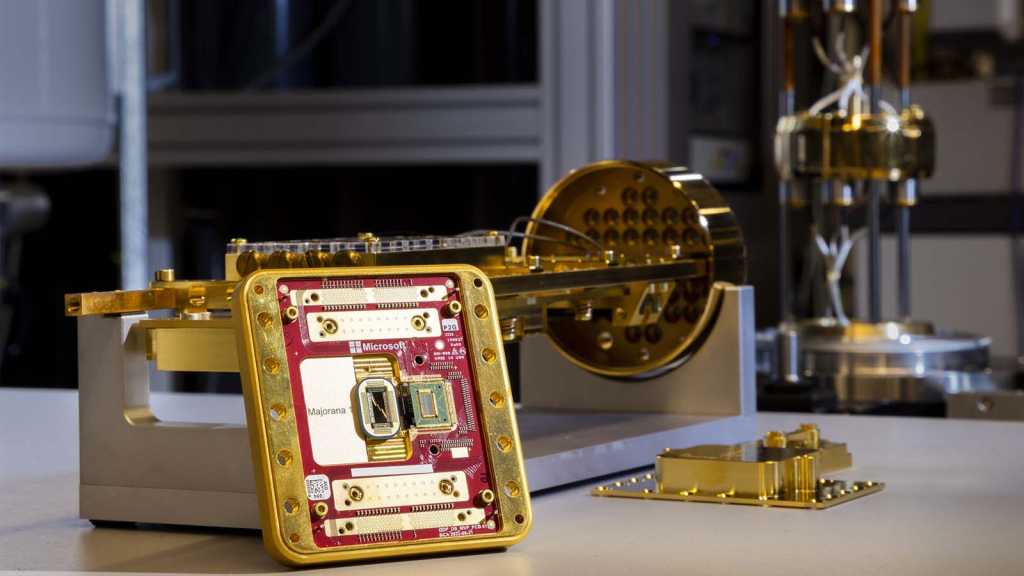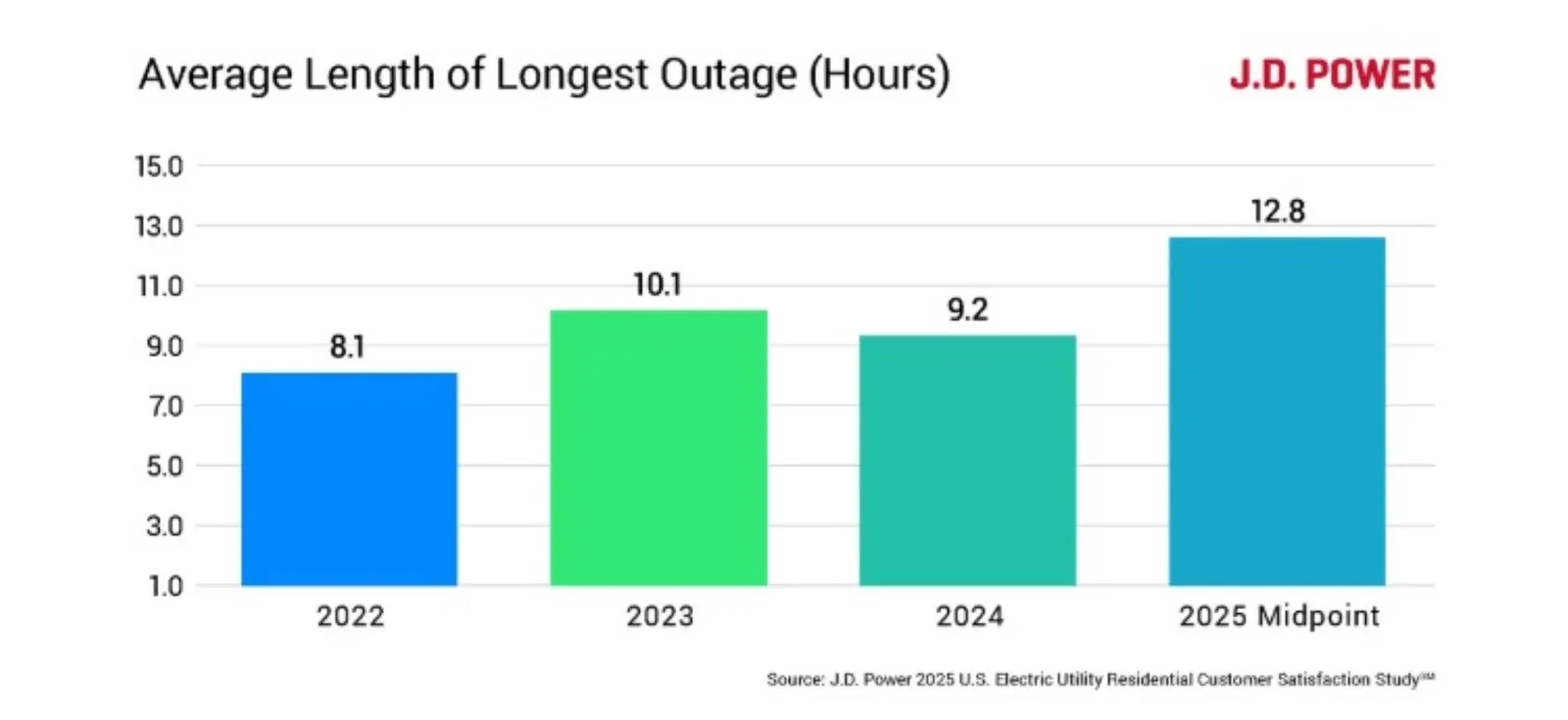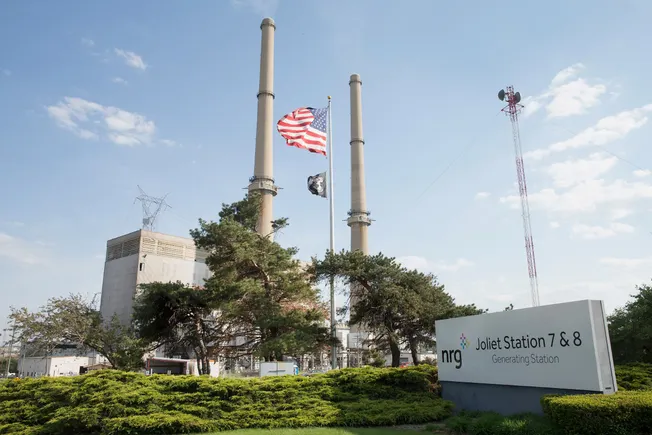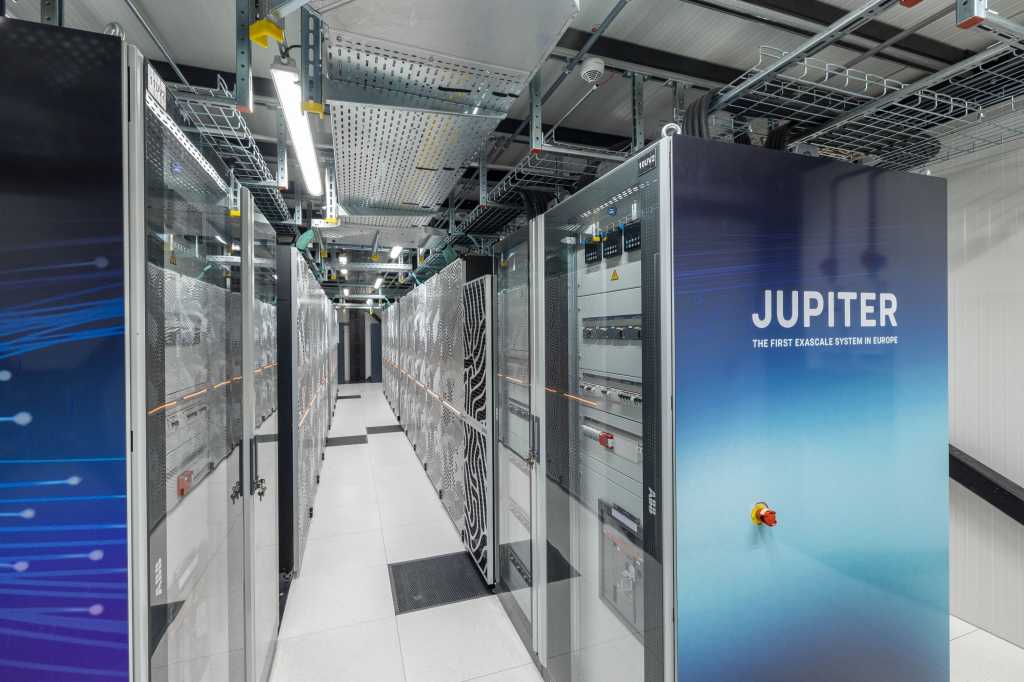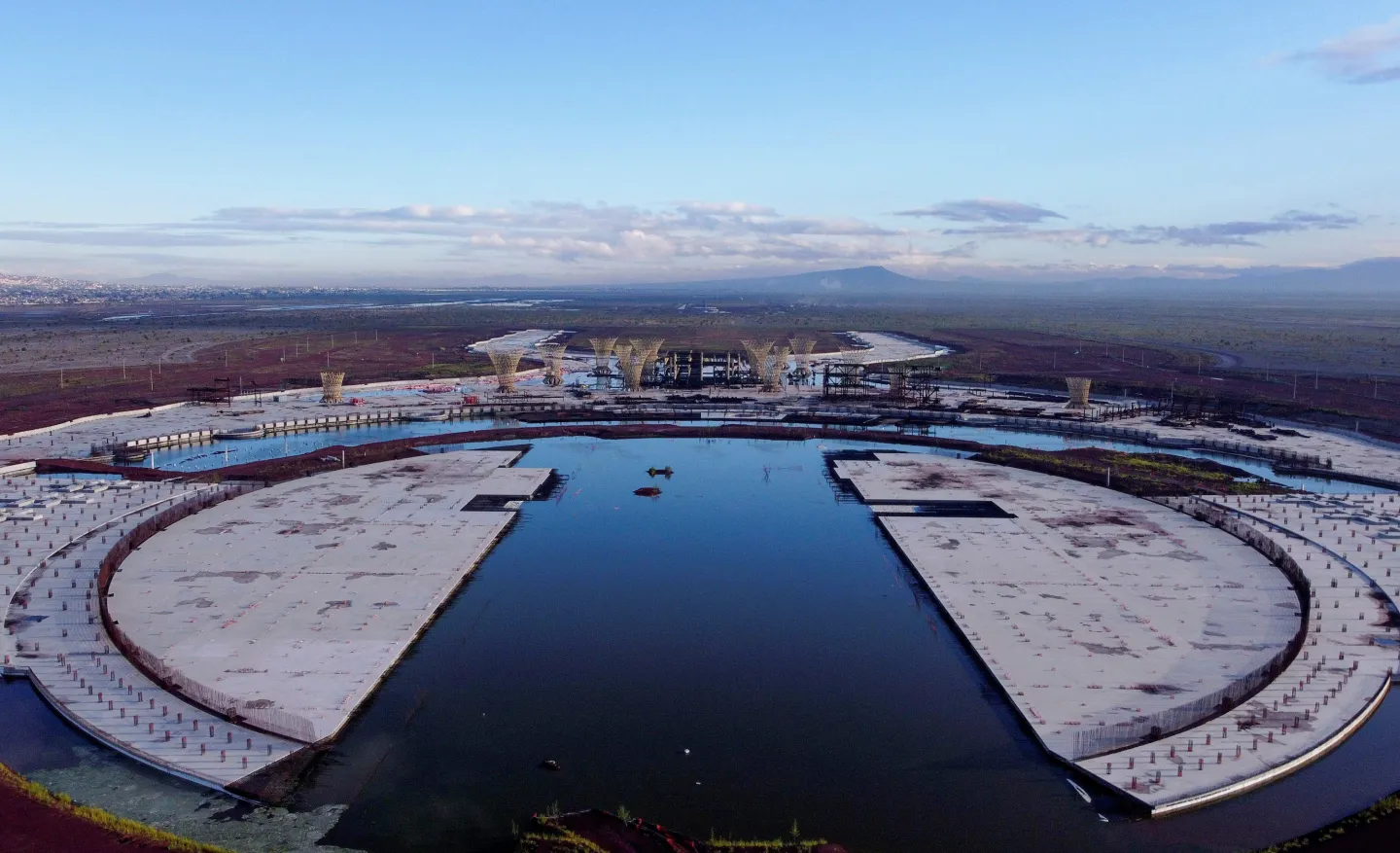
Over the past five years, the energy transition has been loud in some places. We have seen data centers booming, capacity prices climbing, renewables surging and virtual power plants gaining traction. But beneath those headlines, a revolution message has been unfolding, sector by sector, driven not by policy or utilities but by private businesses stepping into roles once reserved for monopolies.
Take Caterpillar, for example. Long known for its heavy machinery, the company now offers a Distributed Energy Resource Management System (DERMS) platform, an unexpected pivot that underscores how deeply energy intelligence is being woven into commercial and industrial operations. From retail and manufacturing to real estate and tech, companies are learning that energy is no longer a fixed cost. It’s a controllable variable, one that can be optimized, monetized and aligned with long-term business strategy.
Commercial Customers: The Grid’s Unsung Stabilizers
At the center of this shift are commercial customers, who are increasingly the steady force in an uncertain grid. Unlike residential users, whose Peak Load Contribution (PLC) is largely uncontrollable and often meaningless for planning or cost-reduction purposes, commercial PLCs can be actively managed. And that’s where the real innovation is happening.
Multifamily communities are increasingly operating like commercial customers, and that shift is transforming their role on the grid. By pairing the right supply contracts with DERMS platforms, multifamily developers and operators can now manage usage, flexibility and capacity just like office parks or manufacturing sites have done for years. This isn’t theoretical; it’s already underway. Properties are optimizing load, reducing costs and contributing to grid stability by applying commercial-grade energy intelligence to what was once a passive residential segment. The result: a fast-growing, data-driven force for grid support emerging from the multifamily sector.
From Energy Management to Energy Mastery
Nationwide Energy Partners (NEP) has seen this evolution firsthand. Our roots are in multifamily communities, properties that behave more like small commercial campuses than clusters of individual homes. By aggregating these accounts and managing energy through sophisticated metering, billing and now DERMS-aligned technology, we’re unlocking new value across the system.
What began as a niche service, helping multifamily developers navigate complex utility structures, has evolved into a multi-state energy services platform that integrates energy into the very fabric of property management. Our approach goes beyond meter reading and billing. Through data-informed operations, proactive maintenance and insight-driven tools, NEP helps property owners treat energy as a controllable asset rather than an uncontrollable expense.
Our O&M Insights system extends that philosophy further, using in-unit smart devices to proactively detect leaks, monitor performance and resolve issues remotely. The benefits are tangible: fewer truck rolls, reduced operating costs, improved resident comfort and better visibility into consumption patterns.
Private Innovation, Public Benefit
The broader implications are profound. Aggregating the huge, ignored multifamily industry (17.7 million Americans rent apartments) doesn’t just create buying power; it generates the kind of granular, real-time energy data that utilities and grid operators have long struggled to access. That visibility enables properties to proactively reduce capacity costs, generate verifiable carbon reductions and deploy grid-supportive technologies that enhance resilience across entire communities.
Even residents, who are often left out of the energy equation, stand to benefit. With smart technologies in their units, they can track usage, manage costs and understand their environmental impact in ways that were once impossible. The relationship between end-users and energy is becoming more participatory, more transparent and ultimately more sustainable.
The Quiet Part of the Revolution
This is the quiet part of the energy transformation. It’s not driven by splashy federal programs or massive new infrastructure. It’s driven by sector experts, developers, manufacturers and service providers, who see opportunity in efficiency and resilience.
Commercial customers are proving that when you give them the tools and incentives to control their energy destiny, they’ll deliver stability, flexibility and value not just for themselves, but for the grid as a whole.
It’s NEP’s intent to unleash this revolution and amplify its voice.


